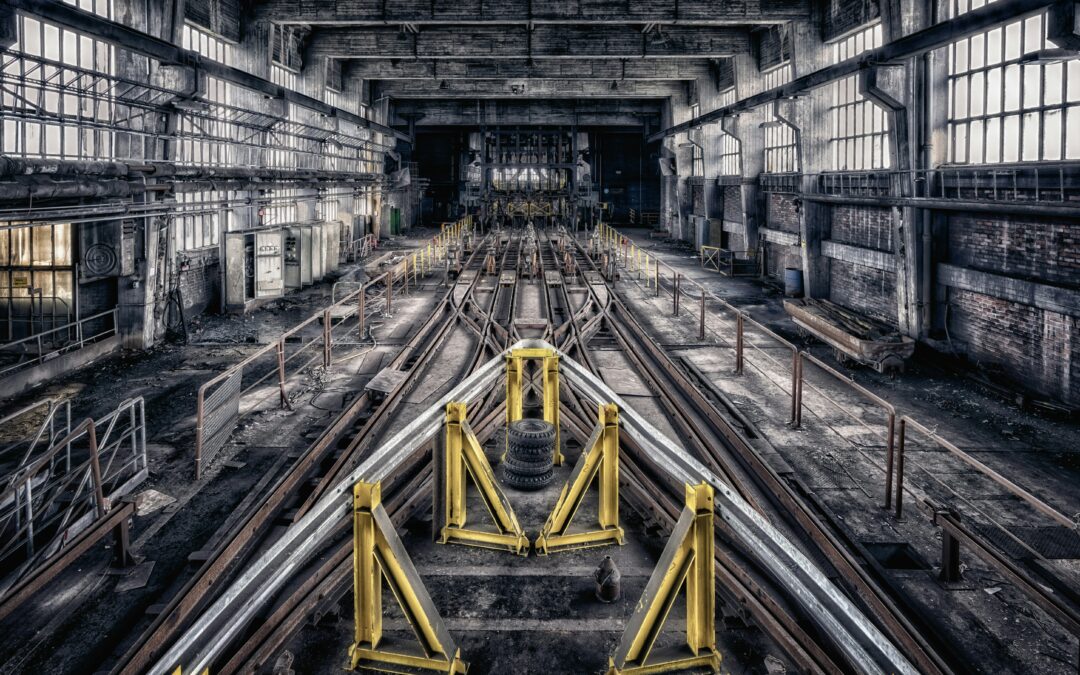This post eplores: The inspiration drawn from the modular designs of classical Greek architecture, the future of building may rest on four evolving “New Orders”—Boutique, Iconic, Optimized, and Hybrid—which combine customization, innovation, and modular efficiency to redefine quality and performance in modern construction.
Classical Modular Building
When you look at the image that introduces this blog post, do you the think the modular structure of the present or the past is of higher quality? Do you even think of classical Greek Temples as modular construction?
In the classical period of Western civilization, master builders in Ancient Greece developed an entire vocabulary of modular building types and building elements. Greek architecture culminated in the creation of three classic modular column types: the Doric, Ionic and Corinthian Orders. These column types had highly codified proportions and details, and represented the classical ideal of functional beauty in building. To this day, many people still believe that the Greek architectural orders represent the pinnacle of design and building.
Boutique, Iconic, Optimized and Hybid
Using an analogy to the classical triad, four current building delivery processes may ultimately become “classic” standards in the industry. Today, the “Boutique,” “Iconic”, “Optimized” and “Hybrid” Orders are about to break out on the building scene.
The “Boutique Order” will emulate current custom architectural design and construction. An owner with sufficient funds will seek out a team of qualified professionals to create a unique building solution based on the owner’s desires. This will continue to be a high-end, expensive process.
The “Iconic Order” will expand upon current iconic projects. These projects are defined by both their scale—they are very large—and their intention—the Owner wants the building to make a statement, not only about their corporation or their person, but also about the current state of the art in building. Currently, the designs, products and processes that are developed within these unique conditions are closely held trade secrets. This knowledge is then disseminated only through select professional conferences, or by manufacturers who try to take innovations developed for a unique client and market them to a broader audience.
The “Optimized Order” does not yet exist today in any formal way. It is being developed—without being formally named—by many companies and individuals around the world. It is a continuation, in modern form, of the classical tradition of modular building. The ability to consistently create and deliver high quality, high performing buildings at low costs is now becoming highly valued. The “Optimized Order“ will focus on buildings that are used throughout our built environment and that do not require one-off customization for optimal performance. These buildings will be developed on standardized chassis, with a sufficient variety of modular components to satisfy the customer’s operational needs and aesthetic preferences. Like options on cars, these modular components will offer the customer a menu of custom choices.
The “Hybrid Order” will leverage benefits of two or more of the three core orders in order to leverage the benefits of each and expand creativity and design flexibility.
The Iconic Oder and the Indy 500
Certainly, improvements could be made in each Order. The Iconic Order might do well to follow the example of the historical Indianapolis 500 car race. Each year at the Indy 500 a group of partner companies work together to create their version of the highest quality performance vehicle to try to win the race. All the technology, products, processes and design developed for this race are rigorously tested. Then, when proven successful, they are modified for commercial use and directly transferred into the commercial auto production supply chain. This is a much more efficient way of harnessing competition to drive innovation and of transferring successful techniques and technologies to the general consumer.
Building Continues to Evolve
Today, building design and construction science continue to change and evolve. The concept of quality and high performance within the building world is still not clearly understood or defined. For many decades, in particular during the latter half of the 20th century, architecture and building design were constrained by an inordinate focus on the exterior aesthetic of buildings. Building materials, technology, energy efficiency and sustainability, construction process, indoor environmental quality and impact on the surrounding environment, to name a few, were often omitted when determining building quality. “Quality” may be impossible to achieve in a majority of building projects unless and until there are changes in the methodology of building delivery (Building Collaboration – Who Does it Best?).
While modular building originated in classical Greece, the one-off, custom prototype building prevalent today has its historical origins in the Renaissance. It evolved slowly over centuries, until it exploded as the preferred building method in the post-WWII era. This is not to say that modular building disappeared. It remained alive and well. However, instead of representing the best in building, it occupied the least glamorous sectors of the building industry and was consistently stereotyped as “low end” or “cheap.”
This is changing. The impact the “New Orders” will have on the future of the building industry remains to be seen. However, it may be the Optimized Order, and the modern return of modular building, that makes the most significant impact going forward.
(For the interested reader, links to Wikipedia have been provided for brief starting points for additional information)
